#20000 species of bees
Text




20.000 especies de abejas (Estíbaliz Urresola Solaguren, 2023)
#20.000 especies de abejas#20000 especies de abejas#Estíbaliz Urresola Solagure#2023#20000 species of bees#Sofía Otero#Ane Gabaraín#lgtb#lgtbi#lgtbiq#freedom#chidhood#quote
2K notes
·
View notes
Text



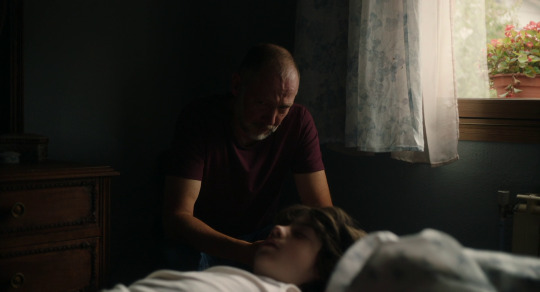






20000 Species of Bees (Estibaliz Urresola Solaguren, 2023).
#estibaliz urresola solaguren#20000 species of bees#20.000 especies de abejas#sofía otero#patricia lópez arnaiz#gina ferrer#raúl barreras#izaskun urkijo#nerea torrijos
11 notes
·
View notes
Text



20,000 Species of Bees
Written and directed by Estibaliz Urresola Solaguren
#An incredibly beautiful film about an eight year old girl coming to terms with being trans#20000 species of bees#Estibaliz Urresola Solaguren#lgbtqia#lgbtq#transgender#Films
8 notes
·
View notes
Link
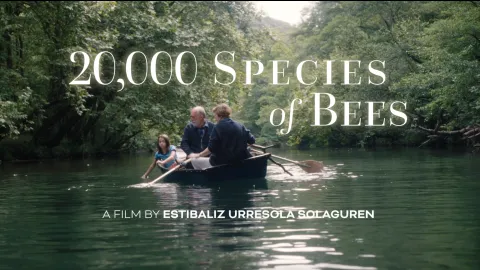
Now in UK cinemas.
1 note
·
View note
Text
did you know that china has HALF of the worlds bumblebee species
#THATS HUNDREDS OF KINDS OF BUMBLEBEES.#okay thats like 125 kinds of bumblebees#but thats still SO many kinds of bumblebees#you know how many kinds the us has? less than 50!#did you know that there are over 20000 known bee species#and 250 of them are bumblebees#and apparently 125 of those are in china#man I love bees#ghost posts#text
9 notes
·
View notes
Note
Bee person dropping in to divulge some of the Secret Lore - there's about 20000 bee species, most of which (~85%) are solitary, meaning they live their entire life on their own. Most of these species are far less aggressive and territorial since it doesn't pay off for them to die in defense of their nest if they can just make a new one instead and still have at least a couple offspring. They're also much more vulnerable to the negative effects of climate change, pesticides, and loss of floral resources and habitats than a lot of social bees because they don't have a bunch of siblings to do teamwork with, so if the going gets tough for them, they have to go it alone - so they're especially dependent on us getting our shit together.
On a less depressing note, for anyone who wants to see some cool pictures of non-honeybee-looking bees, look up orchid bees, blood bees, carpenter bees, mason bees, mining bees, leafcutter bees, fairy bees, masked bees, sweat bees, digger bees, ... Not all of these are solitary, but they're all rad as hell. (The males often have quite fancy facial hair/markings too!)
In terms of that bumblebee, it depends - bumblebee colonies are quite small compared to what people will expect given the usual reference of comparatively giant honeybee hives (most bumblebee colonies don't tend to go above ~300 members) and their life histories are also quite different, as bumblebee colonies aren't perennial - young queens emerge from their winter diapause (a type of hibernation) in early spring, found their nests and rear the first workers, who then take over many of the tasks in the colony (such as foraging and brood care) until late summer, when they switch from rearing workers to new queens and males, who then get out and mate. The males and workers eventually die in fall, while the newly mated young queens find a cozy spot to while away the winter (usually underground, but pretty close to the surface, so don't clean up your green spaces too much and be gentle) to start the cycle again the next year. While isolation can have some negative effects on social bees like bumblebees, the severity of these effects depends on a lot of factors. Bumblebees, in my experience, are pretty tough though - for example, they can cope very well with randomly being dropped into an entirely new colony, which I know I certainly couldn't (I can barely handle phone calls on a good day). So long as they're given ample access to sugar water, they can live pretty long lives (for bees, anyway). If you find a flightless one, taking care of it is definitely the better alternative though. Keep them in a clean box (you can put a tissue on the bottom for easy cleaning/changing) in the shade for most of the day, at consistent room temperatures, give them sugar water and occasionally some flowers and they'll be fine. Just be careful as they can (and will) still sting in self-defense.
However, there actually are also stingless bees (Meliponini - more then 500 species worldwide) - they're another really cool group to look up. Like bumblebees and honeybees they are also social bess, and (like bumblebees) they build crazy cool nests. They're also the only group of bees that can produce honey outside of the honeybess (genus Apis - only 9 species worldwide) and can be found all over the world (the Americas, Australia, Africa, ...). They've been used for traditional honey production for centuries in a lot of South American countries, for example (off the top of my head I know of Mexico and Brazil). Their honey is also quite different to Apis honey in terms of chemical composition (and, speaking as a completely objective third party observer with absolutely no personal interest in the matter, is much tastier).
I'll stop now because otherwise I never will, but if there's anyone I haven't scared off yet, feel free to drop by and send me a message and I'll happily answer any and all bee-related questions you may have! I also really recommend the nonhoneybees (.) com blog, which is run by a wild bee researcher - they have really cute bee cartoons and lots of interesting facts about bees (and don't post at an overwhelming rate).
:o
🐝
12 notes
·
View notes
Text
the radical left wont tell u this but Over 20000 bee species in the world
14 notes
·
View notes
Text
本作が秀逸なのは、8歳の主人公を、自身のジェンダー・アイデンティティがどの位置にあるのかをまだ明確には把握しきれていない状態に設定し、主人公のジェンダー・アイデンティティを明確には提示せず(主人公を明確に「男女」のどちらかに設定せず)にストーリーを展開してゆくという選択をすることで、周囲の大人達に主人公に対する「より繊細な対応と配慮を促す」状況を与え、それにより深みのある力強いドラマを生み出す原動力を引き出した点にあると思います。
0 notes
Text
20,000 Species of Bees was inspired by a trans teen’s suicide – but it centres joy, not tragedy https://www.thepinknews.com/2023/10/04/20000-species-of-bees-trans-film-director-estibaliz-urresola-solaguren/
This sounds like an interesting movie...I hope movies like this will help people understand that trans people are just people, we're not a threat.
0 notes
Text
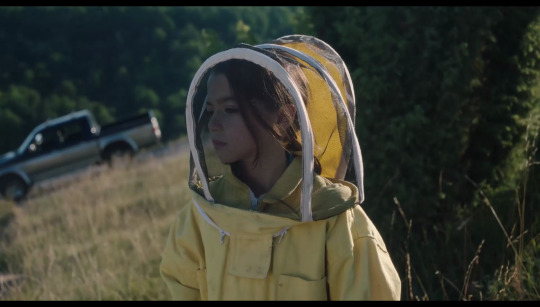



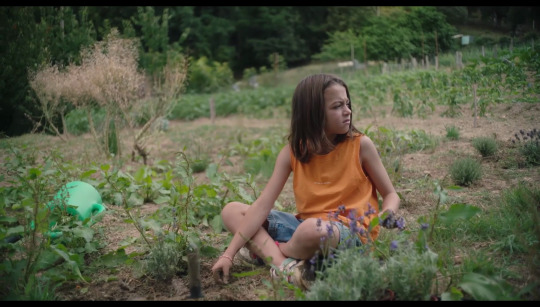
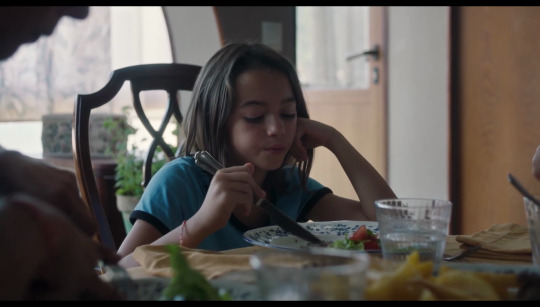




20.000 especies de abejas (Estíbaliz Urresola Solaguren, 2023)
#films watched in 2023#20.000 especies de abejas#20000 especies de abejas#Estíbaliz Urresola Solagure#2023#20000 species of bees#Sofía Otero#Ane Gabaraín#lgtb#lgtbi#lgtbiq#freedom#chidhood#siete#debut#Patricia López Arnaiz#drama#transgender#summer
83 notes
·
View notes
Text
i hate seeing all the misinformation about bees/honey, so here are some simple facts about them i have learned
honey bees DO need their honey. it is their food source that they make for themselves. stealing it and replacing it with sub-par alternatives does hurt them
honey bees only make up like 7 of 20000 bee species and they are NOT endangered
thus, honey bees are not the native bee species of most areas, so buying their honey is not going to support your native bee populations, who are the ones best suited to pollinating local flora
supporting honey bees by buying their honey actually has negative impacts on native bees due to competition for resources
the idea that bees would make honey for no reason/without need for it is illogical and wrong. why would any species actively make anything they didn't need?
#i say that last sentence as trump is trying to build an unnecessary wall#but like non-human species!#but like yeah bees aren't out there just making honey for fun#bees#honey#honey bees#vegan
2 notes
·
View notes
Note
Ur so cool
aight thx but did you know that there are approximately 20000 species of bees. thats fucked up
#i dont know how to respond to compliments but thanks i think have a useless fact#asks#off topic#insect mention#just to be safe#i had to google this because im working on something and#tldr it involves insects
3 notes
·
View notes
Note
20. 29. 31. 47.
20. What is your favourite song at the moment? You Are The Problem Here by First Aid Kit29. Favourite film(s) Good Will Hunting31. 3 random facts I have a twin 👭I'm fluent in French and Spanish 🇫🇷🇪🇸Can't think of any other facts about me but did you know there are more than 20000 species of bees in the world?47. Turn ons Kindness, good sense of humour, NICE ARMS
2 notes
·
View notes
Note
Bees have been domesticated since the bronze age and we are in a symbiotic relationship with them. Your entire diet depends on the fact that bees pollinate your fruit and veg you know.
Hiya!
I dunno if you’re a ‘vegan’ who eats honey or just not a vegan at all, but I’m gonna assume you’re not vegan at all. Sometimes non-vegans are certain they know what veganism is and why vegans do it and so on and so on, but they’re usually just misinformed (which is not their fault - we’re all raised in a society that normalises animal use for profit).
Vegans are against the use of animals for profit, because not only does it always lead, somewhere along the way, to abuse, but because it treats animals as less than humans - as products - which they are not. Same goes for insects. Ergo, we don’t use honey or bee products by definition.
But, I know, that’s not really a good enough reason. And you’re right: all our diets depends on bees pollinating our fruit and veg, and you’re right: a certain species of bee has been domesticated by humans for years. But no, that doesn’t mean we should continue to use honeybee products.
And plenty of other vegans have explained why we shouldn’t a few times, so I’ll let them do the real explaining and heavy-lifting citations (because I am very tired and very stressed right now… and just plain lazy lol): [X] [X] [X] [X] [X] [X] [X] [X] [X] [X] [X] [X] [X] [X] [X] (Oh, did I say ‘a few’? I meant ‘a lot’! 😂)
But if you want a quick explanation right here, let me run you though some basic facts that’ll roughly explain it:
It takes 12 bees their entire lifetime to make 1 teaspoon of honey
The sugar syrup we give them to replace the honey we steal is not healthy for them
There are a lot of nasty practices in industrial beekeeping like tearing off the queen bee’s wings and squeezing the male bees to death for their semen and burning hives
There are 20000 bee species out there - we have domesticated one
As great as honeybees are, they’re an invasive species
Those other species are better pollinators
Because of this, the honey industry his actually harming the environment and overall bee population more than anything
If we really cared about honeybees we could ‘keep’ them and look after hives without profiting from them
Hope that clears up the basics, if you still have questions or concerns, please read through all of those linked posts and their linked sources 😊! While we’re at it, here’s a couple of vids u might find interesting concerning veganism and honey: [X] [X]
BUT if you’re new to veganism, it’s alright if you eat honey for now. And have a mentality of “I can either be vegan except for honey or not be vegan at all - and nothing can convince me otherwise” then all I can say is… fuck it.
12 notes
·
View notes
Text
A doctor in taiwan retired four bees still alive in a woman's eye
A doctor in taiwan retired four bees still alive in a woman’s eye
The major assets of our ecosystem, bees play a key role in the balance of our flora. More than 20000 species are listed, each species having its own characteristics. Found more generally in the vicinity of the flowers, the bees have yet been found in a human eye.
a discovery new to Taiwan
Strange discovery made in the eye of a Taiwanese 28-year-old. Dr. Hong Chi Ting of the Fooyin University…
View On WordPress
0 notes
Text
Five Places to Travel in The Gambia Part Two
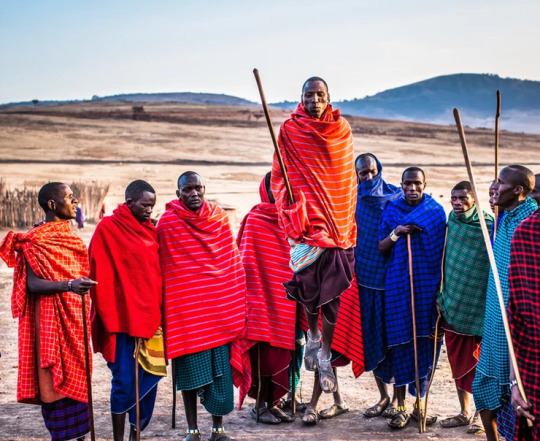
Last week we had talked about some of the places to visit during your stay in Gambia. Here is the continuation of the next five places to visit.
The Albert Market:
It is the market in Banjul which is known as activity hub of Banjul. It was created in 19th century and was named in the remembrance of Prince Albert. The Market is always crowded and you can get most of the things from this place and will never make you bore. So plan for few hours and to check your negotiating ability/skills. Here you can find wood mask, shoes, clothes, electrical gadgets, attracting fabrics, fruits, vegetables and beauty products as well. And even visitors will be able to taste the local food as their there will number of street food vendors.
Bijilo Forest Park:-B
ijilo forest park is also known as Monkey park which is situated 11 km from the Banjul. Its small reserve and relatively speaking but it is a point of pride for nearby locals. And the sign boards here are well maintained which will help to reach correctly to lush flora, a gallery forest, grass and low bush. Here you will encounter three species monkey ie, red colobus, vervet and patas. Here you can even come across nearly 100 different species of birds in the park including osprey, bee-eaters, francolin. So its a good spot for the bird lovers too.
Janjangbureh:-
Janjangbureh is the kind of an old community traditional houses present in this place named MacCarthy Island. In Gambia river even today these people live with same traditional houses which are 200 years old. And even over here, they provide staying to the visitors. The main reason why visitors travel to this place is that there are many bird species encountered over here. So its considered for watching the exotic birds.
Serrekunda:-
It is considered as the highest populated town in the Gambia with almost half million population in the town. Here we will find the batik factory where tie-dyed and batik fabrics are made. Furthermore, in Serrekunda wrestling is also played.
Tanji:-
The Gambia has a wide coastal area and from that - Tanji is one of the most busy and popular village from the coastal area. Here travelers can enjoy the fish market, watching 300 bird species, bushback, green monkeys and the red colobus. And if have time visitos can even visit to Bijol island where more than 20000 birds, seals and whales have spotted time to time which is 3 to 4kms from the Tanji. Bird lovers can experience the Tanji River Bird Reserve which includes the six square miles of Savannah habitats and marine wetland along river side.
The Gambia is the full dense forest region with various wildlife which will make tourist to visit again and again to enjoy with nature of the Gambia. And here are the some the interesting places for nature and wildlife lovers. And has to visit these places when visit the Gambia without missing.
0 notes